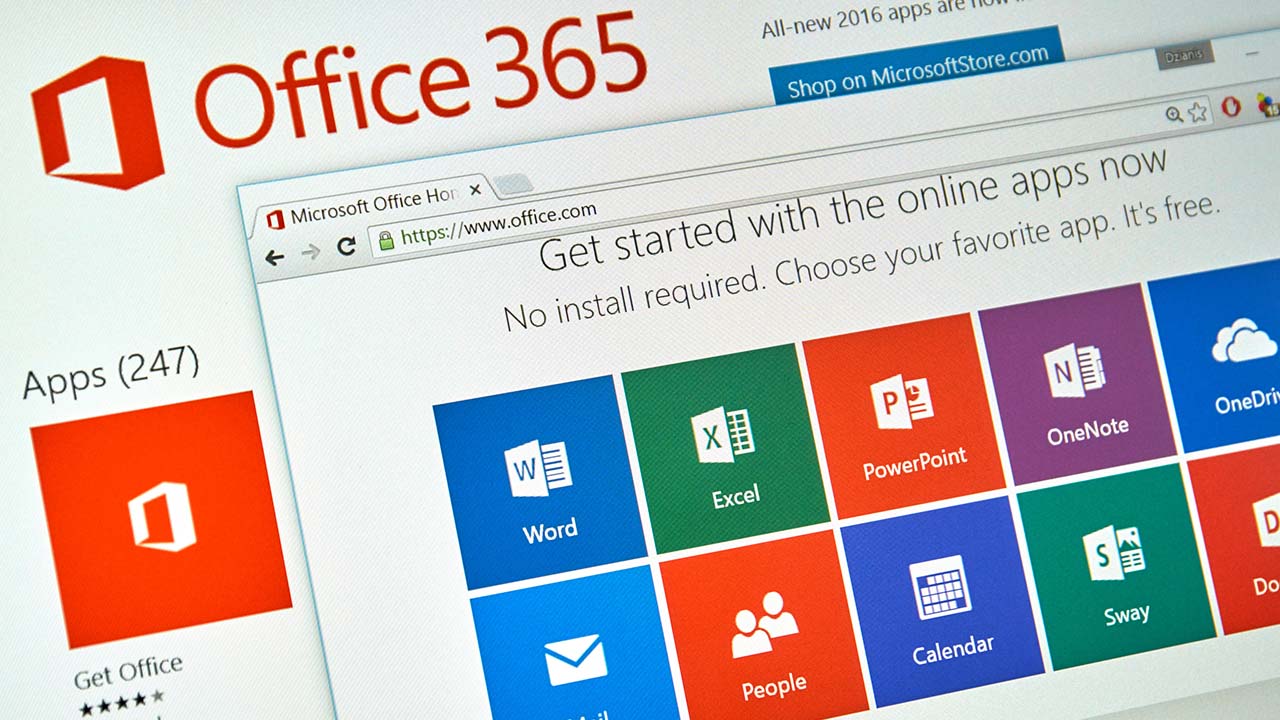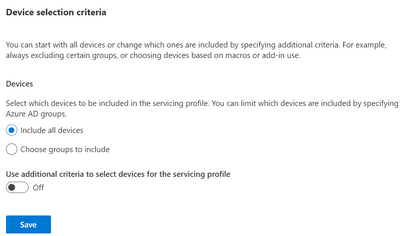IT Admins Get New Features for Managing Microsoft 365 App Updates

Microsoft announced yesterday that it has started rolling out several new capabilities for Servicing profiles. These are one of the top-requested features from IT admins, who will now be able to automate updates for Microsoft 365 apps via Azure Active Directory (AD).
The Servicing profiles feature enables IT Pros to roll out monthly updates for Microsoft 365 apps to specific users or groups within an organization. It’s a cloud-based service that helps to improve security currency and streamline the onboarding process.
The latest release introduces a new capability that lets customers align the monthly Office patches with Windows Patch Tuesday updates. IT Pros can use the “wave customization” feature to prioritize updates for select Windows devices.
“With Rollout waves, you can customize which devices/users should get the updates first, second, etc. This allows you to build deployment rings for e.g. testing, piloting and full release by simply adding Azure AD groups to the respective waves. Servicing profile will then execute the update deployment according to your settings each Patch Tuesday,” said Microsoft’s Martin Nothnagel.
IT Pros can rollback Microsoft 365 updates based on Azure AD groups
Microsoft has also announced that the rollback feature now supports Azure AD groups. This means that IT admins can specify Azure Active Directory (Azure AD) groups with users or devices. The new feature eliminates the need to choose individual devices manually.
Additionally, Microsoft noted that customers will be able to exclude select devices from automated updates or target all devices within an organization. This functionality could be helpful in scenarios where IT admins might want to opt for manual updates to patch specific devices.

Last but not least, Microsoft has removed the minimum 5 GB lower limit of the disk space selection criteria. “Most Microsoft 365 Apps updates require less space on disk during the update process, that’s why we adjust the lower limit. Now you can bring it down to zero, meaning an update attempt will always be performed,” Microsoft added.
If you haven’t done it yet, we invite you to check out this support page to get started with Servicing profiles.



